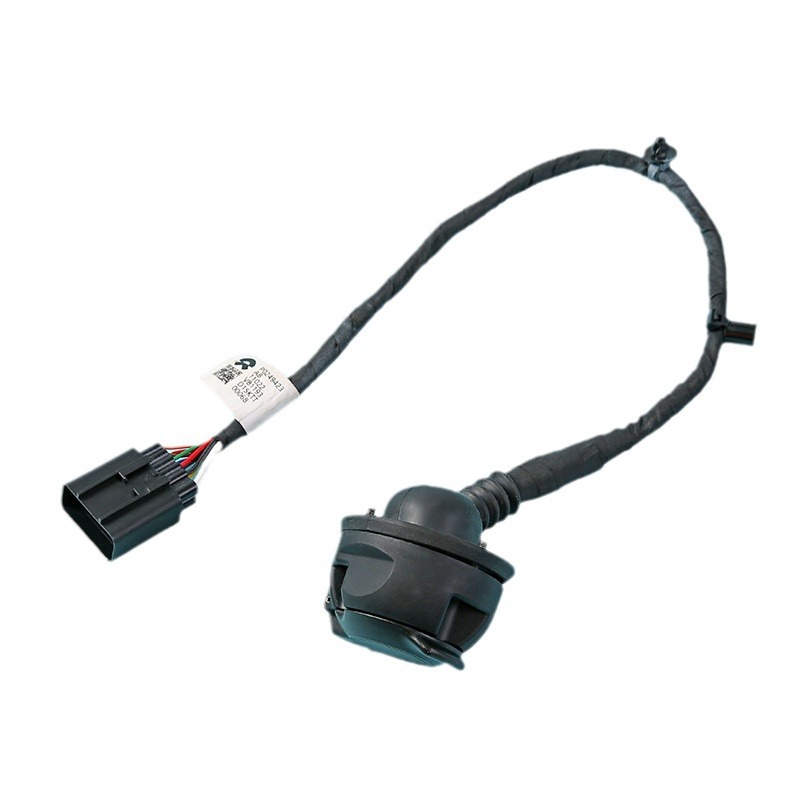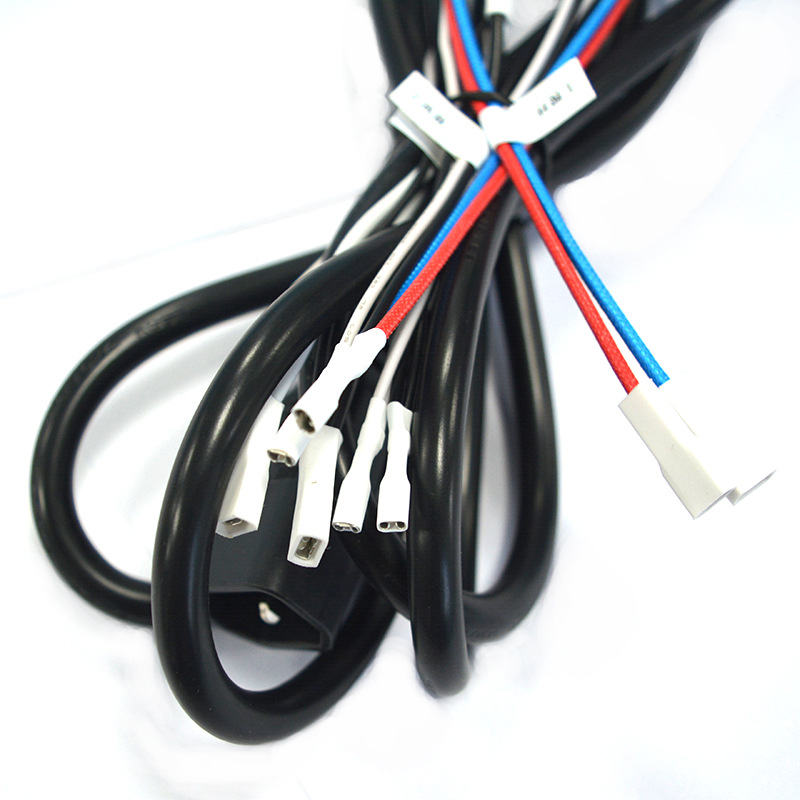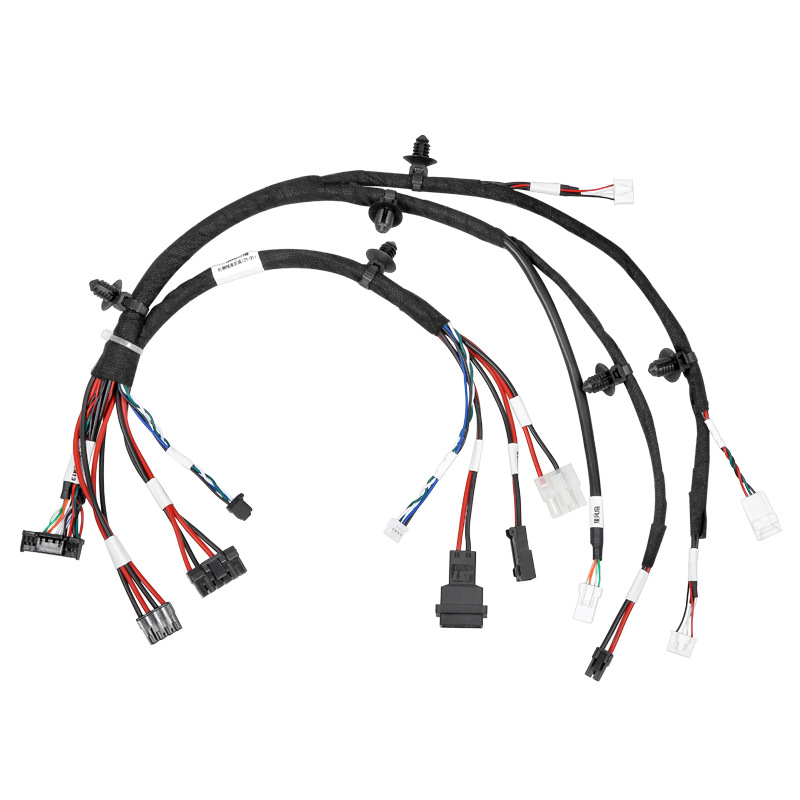Seguir progresando, perseguir la integridad, abrazar el futuro
Wire harness fault diagnosis is an important part of ensuring the normal operation of electrical systems. The following are common fault diagnosis methods:
1. Visual inspection method
The visual inspection method is to quickly locate the faulty area through observation, touch, smell, and other methods
For example:
Appearance inspection: Check whether the wiring harness is worn, broken, burnt, etc
.
Abnormal phenomenon: Check for any abnormal smoke, sparks, abnormal noise, burnt smell, etc
.
2. Instrument and Meter Inspection Method
Use professional instruments for precise detection
:
Multimeter: measures resistance, voltage, and current to determine if the circuit is short circuited or open circuited
.
Oscilloscope: Check signal waveform, detect signal distortion or interference
.
Infrared thermal imaging device: detects the thermal distribution of the wiring harness and searches for overheated areas
.
3. Tool inspection method
Test lamp inspection method: suitable for detecting wire short circuit faults, but attention should be paid to the test lamp power
.
Wire Crossing Inspection Method: By short circuiting a suspected faulty line, observe the working status of the equipment and determine whether there is an open circuit or poor contact
.
4. Tensile testing
Check the connection strength between the transmission line and the terminal block to determine if there is a fracture
.
5. X-ray detection
Non destructive testing method can clearly display the internal structure and welding points of the wire harness, and detect process defects such as solder leaks and tin slag
.
6. Electromagnetic interference (EMI) testing
Check if the wiring harness generates excessive electromagnetic interference that affects other devices
.
7. Partition detection
Partition the electrical system and set up contacts, quickly locate the fault area by detecting the voltage of each contact
.
8. On board diagnostic system (OBD)
Use the vehicle's built-in diagnostic system to read fault codes and locate wiring harness faults
.
9. Touch test
By touching or activating the connector, determine if it is working properly
.
10. Functional testing
Connect the power supply of the wiring harness and test whether the control equipment is working properly
Consulta
ÚLTIMOS BLOGS
CONSULTA
PRODUCTOS RELACIONADOS
 ¿Cuál es más estricta, la certificación UL o la certificación CE para arneses de cables?RCD tiene más de una década de experiencia en el ensamblaje de cables y conectores necesarios para equipos en entornos exteriores hostiles.
¿Cuál es más estricta, la certificación UL o la certificación CE para arneses de cables?RCD tiene más de una década de experiencia en el ensamblaje de cables y conectores necesarios para equipos en entornos exteriores hostiles. ¿Cuáles son las principales áreas de aplicación de los cables coaxiales?RCD tiene más de una década de experiencia en el ensamblaje de cables y conectores necesarios para equipos en entornos exteriores hostiles.
¿Cuáles son las principales áreas de aplicación de los cables coaxiales?RCD tiene más de una década de experiencia en el ensamblaje de cables y conectores necesarios para equipos en entornos exteriores hostiles. ¿La vida útil del cable es de 15 años o 5 años?RCD cuenta con más de una década de experiencia en el montaje de cables y conectores necesarios para equipos de exterior en entornos difíciles.
¿La vida útil del cable es de 15 años o 5 años?RCD cuenta con más de una década de experiencia en el montaje de cables y conectores necesarios para equipos de exterior en entornos difíciles.




